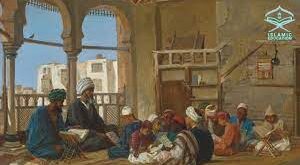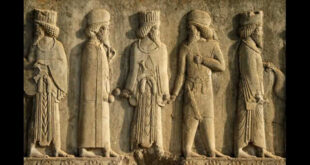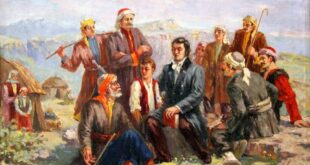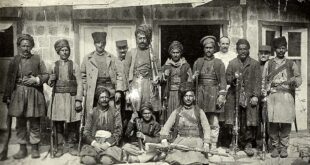Artistic Exchange
During the 2nd millennium, the region of Mesopotamia, with Assyria in the north and Babylonia in the south, together with Egypt and the Hittite lands in what is now modern Turkey, grew strong and exercised surprisingly harmonious political relations.

For art, this meant an easy exchange of ideas and techniques, and surviving texts reflect the development of “guilds” of craftsmen, such as jewelers, scribes and architects.
Babylonia at this time was held by the Kassites, originally from the Zagros mountains to the north, who sought to imitate Mesopotamian styles of art. Kudurru (boundary markers) are the only significant remains of the Kassites, many of which show Kassite gods and activities translated into the visual style of Mesopotamia.
Combining Cultures
This Kudurru, considered unfinished because it lacks an inscription, would have marked the boundary of a plot of land, and probably would have listed the owner and even the person to whom the land was leased.

Although an object made and intended for Kassite use, it bears Babylonian style and imagery, especially the multiple strips or registers of characters and the stately procession of gods and lions.

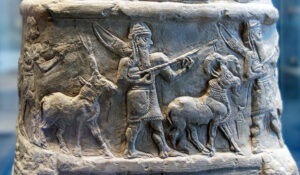
The Kassites eventually succumbed in the general collapse of Mesopotamia around 1200 B.C.E. This regional collapse affected states as far away as mainland Greece, and as great as Egypt. This is a period characterized by famine, widespread political instability, roving mercenaries and, most likely, plague. It is often referred to as the first Dark Ages.
Essay by Dr. Senta German
 History of Kurdistan
History of Kurdistan
